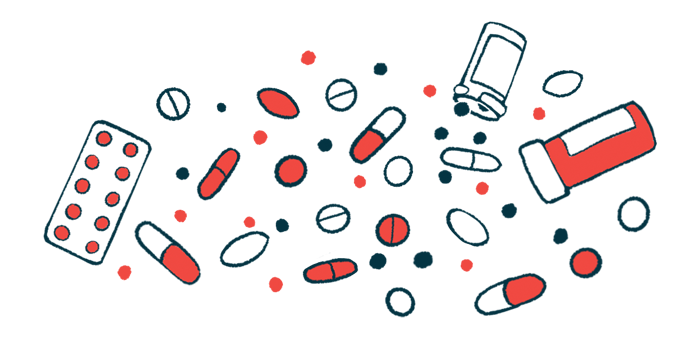Tranexamic acid safe for ACEI-induced angioedema: Study
Incidents of prolonged ER stay likely due to disease symptom severity

Treatment with tranexamic acid was safe and not linked to a higher risk of worse outcomes in people who developed angioedema after being on angiotensin-converting enzyme inhibitors (ACEIs), a type of blood pressure-lowering medication, a study finds.
While initial findings suggested a link between tranexamic acid and greater rates of being admitted to an intensive care unit (ICU), longer emergency room (ER) stays, and a need for intubation, no link was seen after adjusting data for disease severity.
The observations “may be related to the severity of presentation,” wrote the researchers, who noted “prospective randomized controlled studies should be considered to determine whether tranexamic acid is an effective treatment for [ACEI-induced angioedema].” The study, “Tranexamic acid for angiotensin converting enzyme inhibitor induced angioedema: A retrospective multicenter study,” was published in the American Journal of Emergency Medicine.
Angioedema refers to swelling that occurs in the deeper layers of the skin or the mucosal lining of the digestive and respiratory tracts. It can have several causes, including being a side effect of some medications. ACEIs, which are prescribed to lower blood pressure and improve heart health, are a common trigger of a type of angioedema known as nonallergic or drug-induced angioedema.
ACEIs work in part by blocking the breakdown of bradykinin, a molecule that widens blood vessels to lower blood pressure. Bradykinin can also increase blood vessel permeability, letting fluid leak out and pool into nearby tissues, causing swelling.
Tranexamic acid is usually used to control excessive bleeding. It works by stopping or slowing the formation of plasmin, an enzyme that enhances blood clot breakdown. Plasmin is also a natural trigger for producing bradykinin. While it isn’t approved for angioedema, tranexamic acid has been used off-label to prevent or treat acute swelling attacks in people with hereditary angioedema, an inherited form of the disease.
Comparing angioedema treatment results
Its effectiveness at treating ACEI-induced angioedema remains poorly understood, even though some studies have indicated it might help ease symptoms and prevent intubation in emergency settings. Here, a group led by researchers in the U.S. retrospectively analyzed data from patients with ACEI-induced angioedema treated with tranexamic acid at multiple centers. The patients were identified by reviewing the electronic medical records of all adults admitted to the ER between January 2018 and August 2021.
The analysis included 262 patients who were average age of 59. Most were African American (70.6%) and 50% were men. From these, 73 were treated with tranexamic acid, while 189 who were not served as controls. The analysis’ main goal was to assess the length of stay at the ER. Additional goals included assessing ICU admission rates, need for intubation, and safety.
Those treated with tranexamic acid remained in the ER a significantly longer time than the controls (median, 40.28 vs 21.08 hours). This was consistent with data from a statistical analysis that showed a hospital stay was 40.1% longer for patients treated with tranexamic acid.
ICU admission rates also were markedly higher in the tranexamic acid group (45.2% vs. 15.9%), with patients given it having a 2.59-times higher likelihood of being admitted to the ICU. Most patients in the control group were discharged home (77.3%) over those given tranexamic acid (46.3%).
A higher proportion of patients treated with tranexamic acid were intubated (12.3% vs 6.4%), even though the difference wasn’t statistically significant.
A second analysis to take into consideration the severity of angioedema found no significant differences in the length of stay at the ER between the two groups among those with severe angioedema symptoms. The findings suggest a prolonged stay on the ER “was likely due to the increased severity of angioedema symptoms … and not due to the administration of tranexamic acid,” the researchers said.
Also, while tranexamic acid has been reported to trigger blood clots in trauma patients, no clotting events were registered in the groups analyzed. “This finding helps confirm the safety profile of tranexamic acid and is consistent with other case series,” they wrote.







